Axle ends
Hi all,
I know that the change from crimped to domed axle-ends took place post-war, in the early 50ies.
But there are pre-war models with domed axle-ends too. For instance all the 23 Racing Cars I have seen (lead and zamac) have domed axle-ends on one side, crimped ends on the other.
The pre-war 23a Racing Cars have both: domed/crimped (mostly the early models with the 2 raised number circles) and crimped/crimped (mostly the later models with only one or without raised number circles).
Here are my two questions:
1. Is it therefore safe to assume that - as a general rule (perhaps with some exceptions) - the change from domed/crimped axle-ends took place in the mid30ies?
2. Are there other pre-war models with the same "axle-end-history"?
Thanks and best regards
Walter
Walter--Sorry that I cannot be of much help on this one....I only have one pre-war Dinky race car, the 23. Not sure exactly what year it was made, but it does have the two number roundels, with only the left side actually stamped with a numeral. It has crimped axles all around. Perhaps others can add theirs as well.
Regards, Terry
Hello Walter,
I can answer some of your questions on the axle ends. First the change on 23 Racer from open cockpit to pilot was made December 1934. From this date the 23a was pictured with a Pilot in Catalogues and Meccano Magazines. In my collection I have first type 23a, 4 stubs, no Pilot, with round/crimped axle ends. Both type of hubs, smooth and Tootsy type.
I have two Humbugs with Tootsy hubs and both round/crimped axles. I have pictures from Humbugs with smooth hubs and round/crimped axles. There are also Humbugs with only crimped axles.
In my collection Racers 23 lead and Mazak with 4 stubs and only crimped axles. So it is not possible to tell when the round/crimped axles were used. But for sure only a very short time.
I have found two other models with round/crimped axles. I have saved these from auctions. No 24 e Super streamlined Saloon, red with black chassis. Chrysler Airflow No 30a, red with smooth blue hubs. Also some No 24 cars with spare wheel in left front wing have the wheels attached with round pin outside and crimped inside the body. I have never seen other type models pre war with round/crimped axles. For sure they are not common.
If anyone has more information on this, that would be great.
John.
Thanks, John.
Your reference to the 24e model lead me to TNT where the same subject of domed/crimped axles was discussed and explained by Jacques (whom I miss a lot on this forum!).
I agree with your explanation and the fact that you have 23 racing cars (4 stubs, no driver, lead and zamac) with either domed/crimped or crimped/crimped axles in your collection is proof that both axle types where used for a certain time and therefore a precise allocation of those models on the time-axis is hardly possible.
Thanks again and best regards
Walter
Oh,
I forgot to add that it seems to support my theorie that - as a general rule - models with mixed axles (one end domed, one end crimped) are most likely a little earlier than models with crimped/crimped axles.
Walter
The thickness of the axel is important. Post war models use only the thicker axels, which are found either crimped both ends or domed both ends. There are a few exceptions when the axel is crimped internally.
The domed axel ends as you sugest were introduced late 40's to early 50's, likely progressive on varying models.
David
Hello, as far as I know the pre-war (1939) no. 39c Lincoln Zephyr Coupe and the whole 38 series sports cars were the first cars to be introduced with domed axle ends. From then on every newly introduced car got domed axle ends. The last crimped axles were replaced by domed ones in 1952. Kind regards, Jan
Hi Walter, thank you for your comment! I agree, I was aware of these cases, especially for the the 23/23a. Perhaps we should make a difference between 'incidental' and 'structural' occurences of the domed axle ends. That's why I carefully limited my remarks to introductions of new models (and continued subsequently). Kind regards, Jan
Thing is, Jan, that when the 23 Racing Car came out in early 34, it had this domed axle end on one side, crimped on the other. Structural or incidental?
Why did Meccano make our lives so difficult, after all these years?![]()
Kind regards, Jan
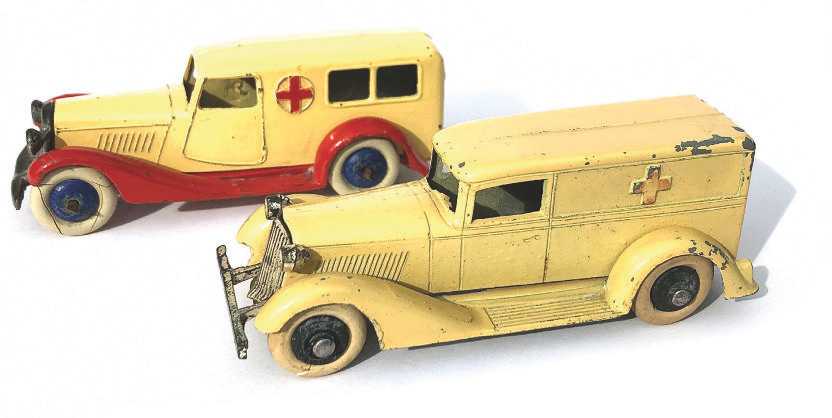
Perhaps before the war Meccano did not know how to dome the second end of axles, Tootsie knew as far as 1933 when they launched the Grahams series which was soon copied by Meccano.
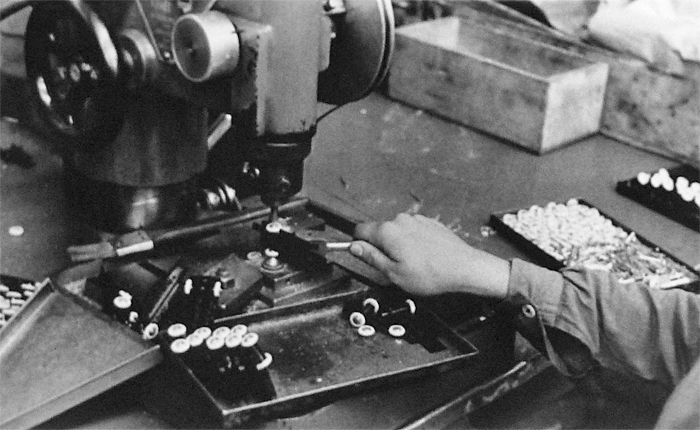
The photo shows how it was done in Bobigny. The axle is held by some sort of pliers so that it would not spin.

but on the 24 series it was not possible to hold the axles although this could hardly be done for the 25 series trucks.
The first end of domed axles was probably made on an automatic lathe which cut a lenght of wire and spun one end. These partly made axles were given a different job number for each length. Some models were fitted with different length axles for the front and rear. The fact that both ends of an axle were made by two very different machine explains why these ends are different.

A pre-war Lincoln Zephyr ref. 39c with smooth hubs and domed axle ends.
Are the axles thin or thick ?
The first Dinky with both domed axles ends is the Lincoln Zephyr ref. 39c issued in June 1939. The front axle was not finished on the car which allowed the use of pliers, the ends of the rear axle were not finished at all as the axle was maintained by the car's body. This is the only occurence of domed axle on the 39 series.
As all the axles of the 38 series were pre-assembled, it was easy to dome both ends of the axles as shown on the photo of Bobigny above.
The next model issued was the van ref 280 which had crimped axles. Next comes the US Army jeep in April 1946, it has still the crimped axles and the Riley ref. 40a has the same construction as the 38 series.

1947 sees the issue of the Guy Vixen and the type 1 Fodens. All their axles were pre-assembled and this explain why they are attached with clips. It is also the case for the early Berford artics ref. 521 on which the axle of the trailer was crimped to the casting.
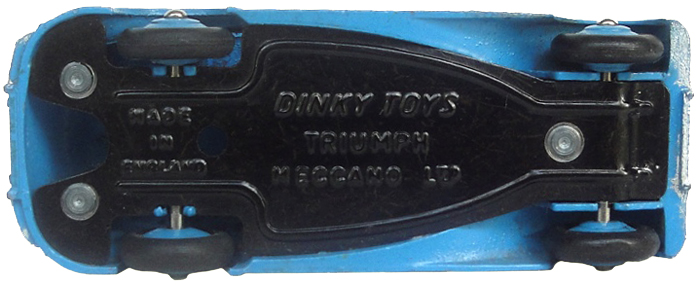
Underside of an early Triumph 1800 with diecast posts for the rear axle
Thank you to the nice guys at QDT who provide photos of the underside
for most of the models they sale.
In july 1948 the B.E.V. electric truck and the early Triumph with diecast posts for the rear axle have pre-assembled axles.
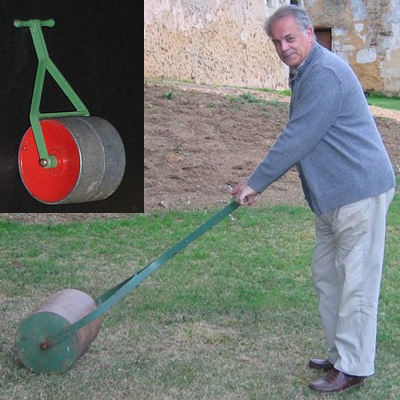
photo by courtesy of Jan Werner
The Garden Roller ref. 105a was issued in June 1948, with the Wheelbarrow ref. 105 b which was issued a year later. These are the first two Dinky Toys on which both ends of an axel were spun directly onto the model and on which the axel could not be held by pliers.
August 1948 sees the issue of the first Dinky on which axles domed at both ends have been fitted directly onto the casting. This was on the large trailer on which there was ample room for a pair of pliers to hold the axles.

Also during 1948 Meccano France issued the first model of the Ford series, the "plateau brasseur" ref. 25h which had domed axel ends made directly without pliers on the trucks body and base plate. From then on all French Dinky had domed axle ends.
Later in 1948 the Dumper and heavy tractor have pre-assembled axles and in November the Standard Vanguard's rear axle is attached by means of a clip à la Guy and Foden. The French Autocar Isobloc ref. 29e and the 1950 Ford Vedette ref. 24q are the only other Dinky with such a clip.
I do not know how the axles were domed by Meccano but I can remember the machine which Solido used, it had two motors spining a doming tool each and both ends of the axles were domed at the same time. This machine has been auctioned to a Polish buyer with many other items from the Solido factory.
Now we can understand why Meccano used clips which were not economical and we have the explanation why the Triumph 1800, the Vanguard, the Guys and Fodens have been modified for cost reductions as soon as Meccano knew how to dome both ends of the axles directly on the model. The two French models remained un-modified for all their life span.
Jacques
Thank you, prof. Dujardin!![]()
Hello Jan,
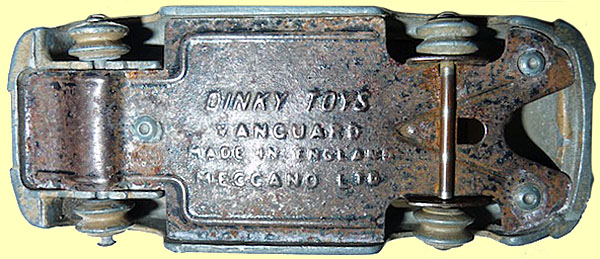
Photo by courtesy of David Cooper
The clip has been removed before the spats were added to close the rear wheel arches. This picture of a poor Vanguard shows a rare intermediate model with open arches and without clip. This is the variation 2 out of four and it is rare. I will welcome a better picture.
Kind regards.
Jacques
Thank you Jacques. Matters often appear to be more complicated than one assumes ....
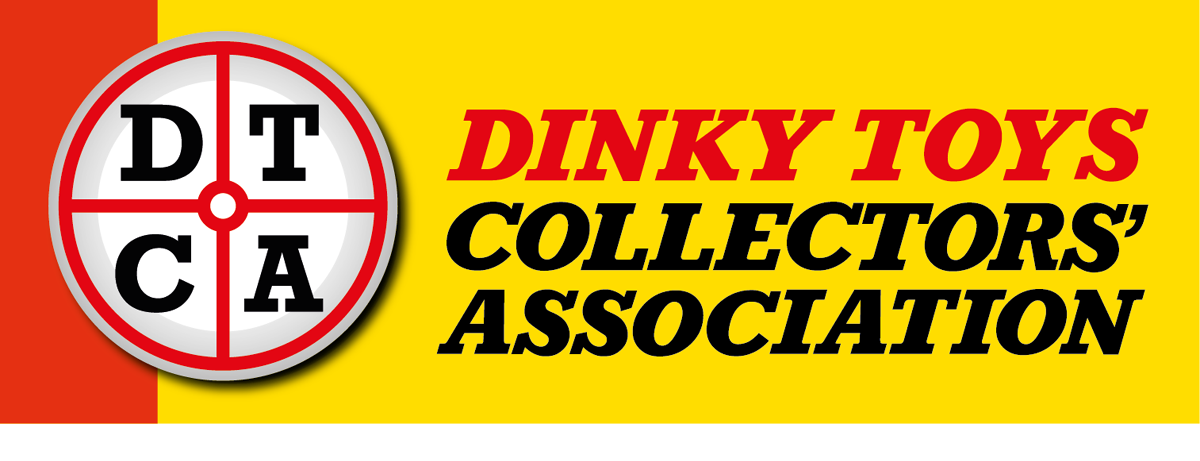

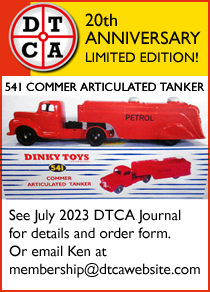

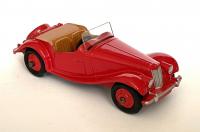


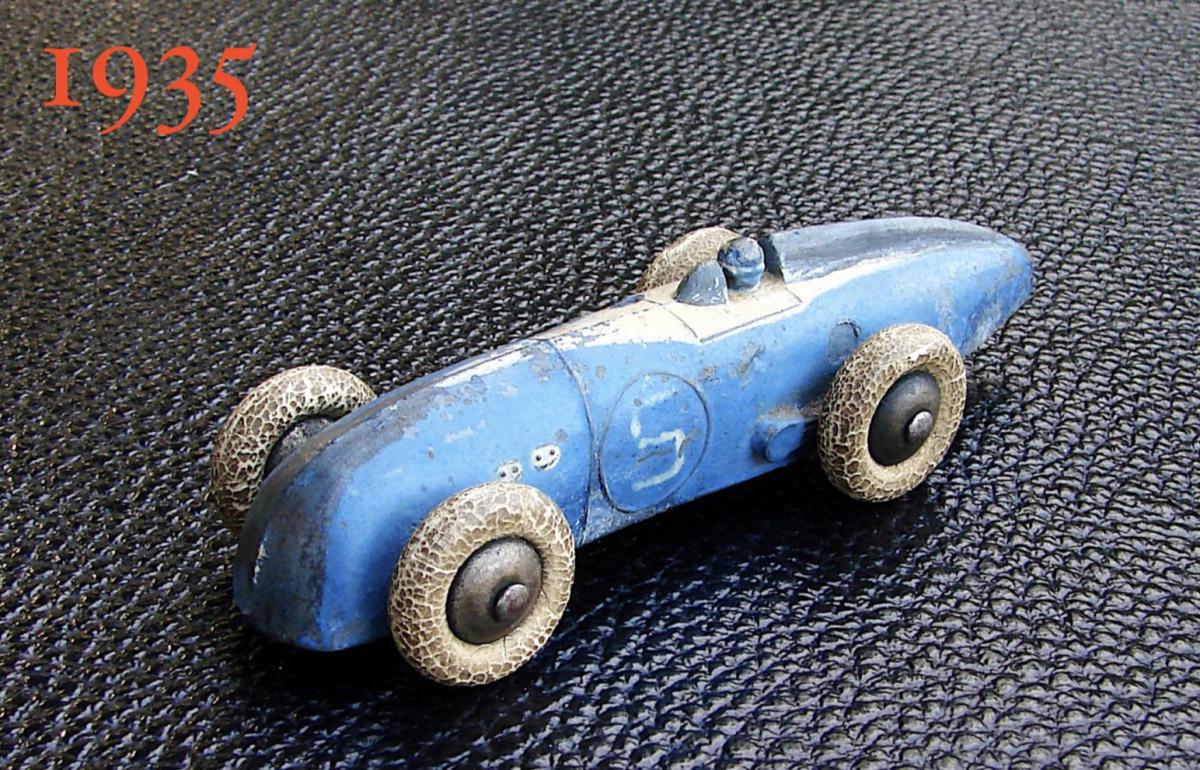

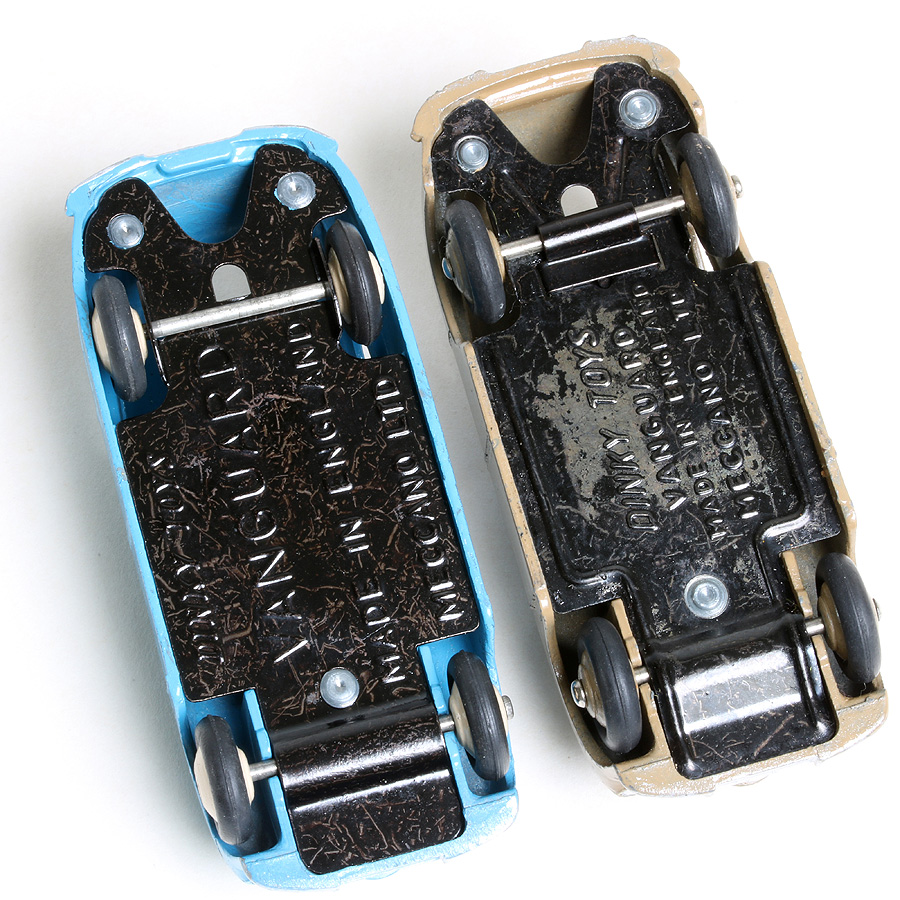
-914 AEC Articulated Lorry (1965-70)
-163 Bristol 450 Sports Coupé (1956-60)
-163 Bristol 450 Sports Coupé (1956-60)
-914 AEC Articulated Lorry (1965-70)
DTCAwebsite upgrade 2023
DTCAwebsite upgrade 2023
DTCAwebsite upgrade 2023
DTCAwebsite upgrade 2023
DTCAwebsite upgrade 2023
DTCAwebsite upgrade 2023
-508 DAF
--14c and 401Coventry Climax Fork Lift Truck (1949-64)
FRENCH DINKY TALBOT LAGO
-Boxes General Discussions including end flaps, both British and French
--14c and 401Coventry Climax Fork Lift Truck (1949-64)
--14c and 401Coventry Climax Fork Lift Truck (1949-64)
-508 DAF
DTCAwebsite upgrade 2023
DTCAwebsite upgrade 2023
DTCAwebsite upgrade 2023
DTCAwebsite upgrade 2023
DTCAwebsite upgrade 2023
-508 DAF
-508 DAF
-508 DAF
New arrivals
New arrivals
DTCAwebsite upgrade 2023
DTCAwebsite upgrade 2023
ORIGINAL MECCANO DINKY TOYS FACTORY BOX ART 175 HILLMAN MINX SALOON + DRAWING
--29c and 290 Double Decker Bus (1938-63)
DTCAwebsite upgrade 2023
DTCAwebsite upgrade 2023
DTCAwebsite upgrade 2023
DTCAwebsite upgrade 2023